We landed at Learmonth airport, some 37km outside the town of Exmouth, our destination. If anyone is thinking of coming here, beware the car hire charges. We discovered that our daily allowance of 100km a day began in town, thus, we had already used 37km (and the fuel) before we sat in the car and would use another 37km to get back to town. In addition, we had to pay a delivery charge to pick up the car and a collection charge to drop it off. Finally, when we return the car full of petrol, we also had to pay for another 37km which, apparently, is equivalent to 7 litres of fuel, for the car to go back to town with the collection man. It’s all in the small print on their website and is perfectly acceptable because every other car hire company does it!
Not having any accommodation booked, we headed for the Information Centre to discover our options. They turned out to be somewhat limited it being the Easter weekend holidays and we ended up in accommodation that was a lot more expensive than we would have wished – but it was very comfortable.
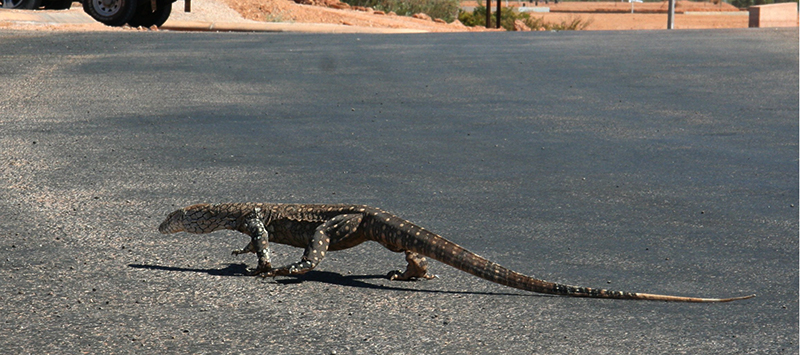 Exmouth is a small place and it is hard to work out its purpose. It has some superb scuba diving, some great fishing and some wonderful beaches but these alone cannot be enough to support the town.
Exmouth is a small place and it is hard to work out its purpose. It has some superb scuba diving, some great fishing and some wonderful beaches but these alone cannot be enough to support the town.
Originally, it was a tiny port surviving on shrimping. Then, in 1965, the Americans came along and built a communications base that would, together with other bases in Guam and Mexico, cover the entire Pacific Ocean. The 13 spindly high towers, the tallest being 387m, are arranged in the shape of a Star of David and emit low frequency waves that are especially good at reaching submarines within 50m of the surface. The US being a country that does not do anything by halves, built an enormous accommodation compound, complete with entertainment facilities, and funded a fully equipped hospital and school in the town centre. They even made everyone drive on the wrong side of the road anywhere near the base. Apart from a few technicians, the Americans have now left but they continue to fund the local school and hospital to support those left behind.
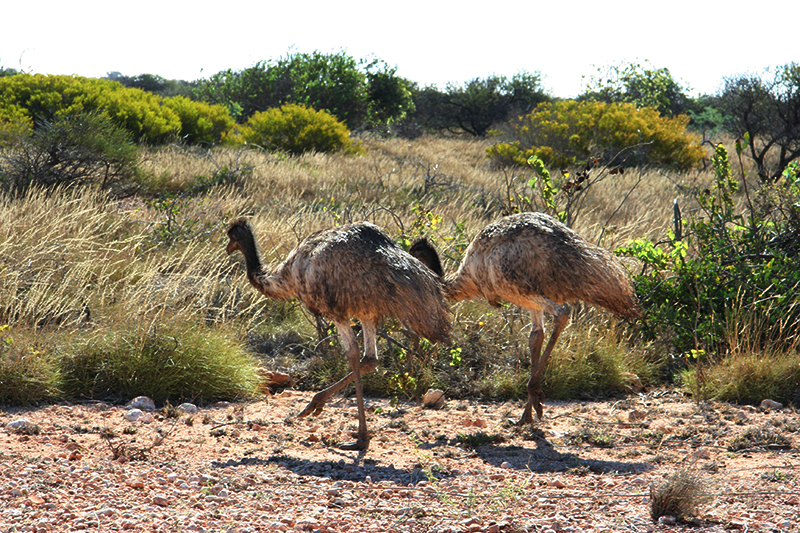 The locals boost their capacity to deal with the seasonal visitors by taking on temporary staff, backpackers mostly, and this seems to be the norm all over Australia. Temporary staff do not get paid much and are generally working so as to replenish the wallet before travelling onward. Those that employ them want cheap, temporary labour and do not bother to provide proper training. These temporary staff are used often as frontline staff: receptionists, waiters, bar staff and shop assistants. The result is a consistently poor level of customer service. And when it came to poor service, the restaurants in the town excelled themselves. Two and a half hours for a one course dinner with coffee was normal and it wasn’t as if the food was much good! After two nights we started cooking in our room: better food, better service and more smiles!
The locals boost their capacity to deal with the seasonal visitors by taking on temporary staff, backpackers mostly, and this seems to be the norm all over Australia. Temporary staff do not get paid much and are generally working so as to replenish the wallet before travelling onward. Those that employ them want cheap, temporary labour and do not bother to provide proper training. These temporary staff are used often as frontline staff: receptionists, waiters, bar staff and shop assistants. The result is a consistently poor level of customer service. And when it came to poor service, the restaurants in the town excelled themselves. Two and a half hours for a one course dinner with coffee was normal and it wasn’t as if the food was much good! After two nights we started cooking in our room: better food, better service and more smiles!
The real attraction in Exmouth is the Ninagloo Reef Marine Park which protects more than 250km of waters containing spectacular marine life. The reef itself is very accessible, lying as close as 50 metres offshore in some places, such as Turquiose Bay, and is home to a staggering array of marine life the whole year round. Every type of saltwater creature seems to pass by at some time of the year and, depending upon the month, it is possible to see humpback whales, whale sharks, orcas, blue whales, sharks of every description, turtles and the giant manta rays. A real treat of one trip out was that we came across a blue whale that surfaced 3 times for our entertainment.
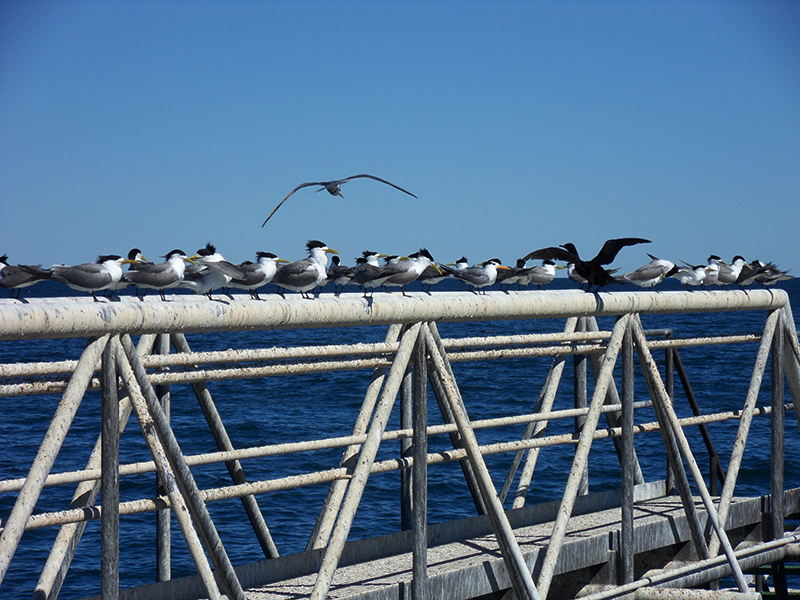 We did lots of diving and it was all pretty good but the one outstanding area was underneath the Navy Pier at the former US base. The marine life was everywhere, in our face most of the time; white and black tipped reef sharks, woebegone sharks, snorkel nose rays, turtles, a large number of big trevally, potato cod and groupers. In the smaller fish size there were all types of damsel fish, clown fish, sail fish, bat fish, Moorish idols and parrot fish. Moray eels watched us from their homes in the coral and olive sea snakes (very poisonous) slithered around the floor. The coral was not as brilliant as on other dive sites but there was some very rare black coral struggling for space amongst the pier structure.
We did lots of diving and it was all pretty good but the one outstanding area was underneath the Navy Pier at the former US base. The marine life was everywhere, in our face most of the time; white and black tipped reef sharks, woebegone sharks, snorkel nose rays, turtles, a large number of big trevally, potato cod and groupers. In the smaller fish size there were all types of damsel fish, clown fish, sail fish, bat fish, Moorish idols and parrot fish. Moray eels watched us from their homes in the coral and olive sea snakes (very poisonous) slithered around the floor. The coral was not as brilliant as on other dive sites but there was some very rare black coral struggling for space amongst the pier structure.
The dive site claims to be one of the top ten dives in the world and it certainly lived up to its billing. We have explored the underwater world all over the planet and this is probably the best site we have visited over the nine years since our qualification.
The memory that will never be forgotten will be our encounter with a giant grouper that was almost two metres long and probably weighed 50 kilos. She considered herself the Big Fish in the area and had taken a strong dislike to divers. The previous day it had attacked a female diving instructor, forcing her to the surface having ripped off her mask and destroyed her regulator (through which air is delivered to the diver). We had been warned about it and told to swim away should it come near and it would leave us alone.
According to the dive leader who remained on the pier at all times, the grouper started to follow us about five minutes into our dive, staying above us and slightly behind so it would not been seen. Then, fifteen minutes later, when we got into shallower water, it came at us swiftly from underneath, trying to force us to the surface. At first, we tried to swim away but it simply followed, continuing to bump and bore and trying to grab Debbie’s regulator & mask. At this point, I had not realised that it was after Debbie in particular and I made a tight turn around one of the pier legs thinking that Debbie would follow and the fish wouldn’t. However, having gone 360 degrees, I saw the two of them disappearing off at high speed, almost at the limit of visibility, heading for the beach. Debbie had decided that the only way to get rid of the bugger was to beach it. The grouper was continuing to bump and bore away as hard as it could and Debbie, had given up on the advice of ‘just swim to its side’, was giving it a good kicking. By the time I caught up, the grouper had gone off leaving a distressed Debbie on the surface. I felt very annoyed that I had not done more, or anything really, to be protective. Against all the teachings of dive schools, I had murder in my heart.
Debbie was keen to go back in the water for the second of our two dives and the dive operator, keen not to have any more customers attacked, split us into two groups and made everyone dive with one of the two instructors who were both armed with long metal spikes. I made sure that I was armed with a dive knife and hoped for another encounter with big grouper. It did come at us again on three occasions but each time the instructor got there first and spiked it hard. It also had a couple of goes at the other group receiving similar treatment. We have to give it top marks for persistent aggression and toughness but I hope it is now on someone’s dinner table.
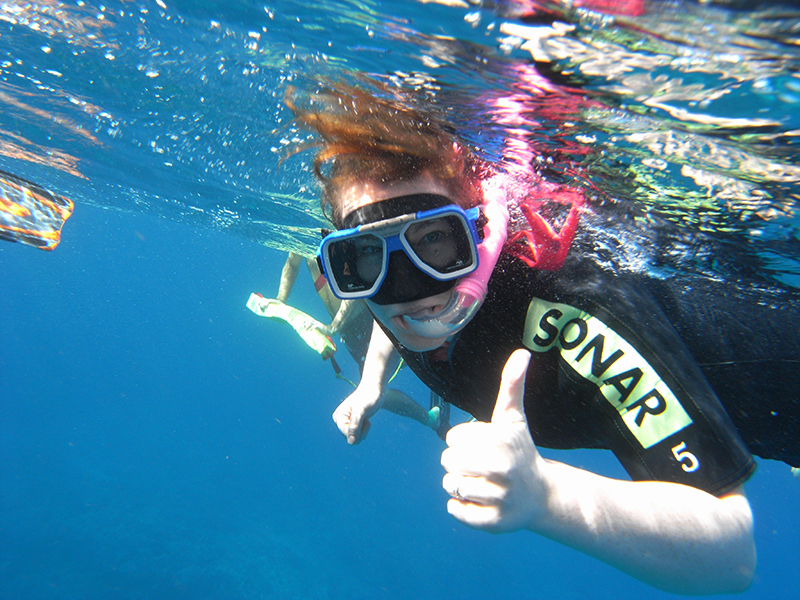 The in-water excitement continued with a snorkel alongside the giant whale sharks. They come here at this time of year to feed on the plankton which are in abundance when the coral spawns. The spawning of the coral, that happens eight to ten days after the April full moon, triggers a huge fish feeding frenzy as sustenance becomes abundant for every creature up the sea food chain. We swam with four whale sharks as they glided effortlessly through the water just below the surface. I have no idea how they manage to move so fast with no apparent effort; they barely move their fins or tail unless they are diving deeper and it requires an almost flat out front crawl (with fins) to keep up.
The in-water excitement continued with a snorkel alongside the giant whale sharks. They come here at this time of year to feed on the plankton which are in abundance when the coral spawns. The spawning of the coral, that happens eight to ten days after the April full moon, triggers a huge fish feeding frenzy as sustenance becomes abundant for every creature up the sea food chain. We swam with four whale sharks as they glided effortlessly through the water just below the surface. I have no idea how they manage to move so fast with no apparent effort; they barely move their fins or tail unless they are diving deeper and it requires an almost flat out front crawl (with fins) to keep up.
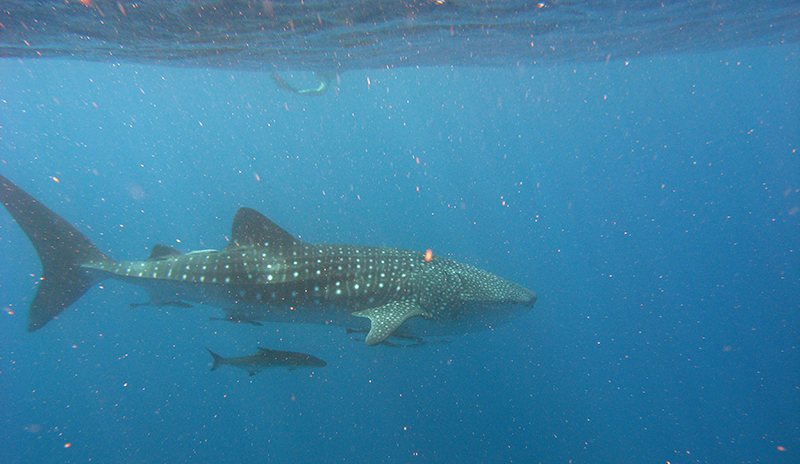 The first sight is magical: this giant appears out of the limit of visibility, sliding silently and coming straight at us. Its shark eyes are black, dead pools, its open mouth is narrow and wide like a squashed hoop (or the front grille of a Jaguar XK8), its blue skin patterned by white dots and odd geometric patterns. Underneath, there will be at least two sucker fish attached to the belly and, often, another smaller shark of a different species taking refuge under the giant’s body. The whale shark can grow up to 20 metres in length though fewer of them reach this size thanks to the avaricity of the Indonesian fishermen. Our biggest was around 8 metres and it seemed perfectly happy to glide along whilst we thrashed away beside it. Unforgettable!
The first sight is magical: this giant appears out of the limit of visibility, sliding silently and coming straight at us. Its shark eyes are black, dead pools, its open mouth is narrow and wide like a squashed hoop (or the front grille of a Jaguar XK8), its blue skin patterned by white dots and odd geometric patterns. Underneath, there will be at least two sucker fish attached to the belly and, often, another smaller shark of a different species taking refuge under the giant’s body. The whale shark can grow up to 20 metres in length though fewer of them reach this size thanks to the avaricity of the Indonesian fishermen. Our biggest was around 8 metres and it seemed perfectly happy to glide along whilst we thrashed away beside it. Unforgettable!
Out of the water there was not much excitement to be had in and around Exmouth. The surrounding area had a small limestone range with deep ravines that had been weathered by the elements. The surface was made from rock that resembled Swiss cheese with deep holes and caves that, I assumed, was the daytime home to every sort of nasty creature. From the top, we could appreciate the flatness of the land either side of the range and there were some very pleasant views of the expanse of the Indian Ocean. We had been told that this range was the home of the black footed wallaby – the wallaby is much the same as a kangaroo only smaller – but there were none to be seen. All we found was a dried white pebbled river bed. It turned out that the wallabies were all playing in the road and, driving home, we passed 20 or 30 of them at various points, some of which tried very hard to commit suicide under our hire car. As we had refused to pay any extra cash to the car hire company to reduce the compulsory damage excess, we were not impressed. As evidenced by the large number of carcasses all along the side of the road, plenty of them had managed to get themselves run over and we can only conclude that they are either very stupid or in the pay of insurance companies.

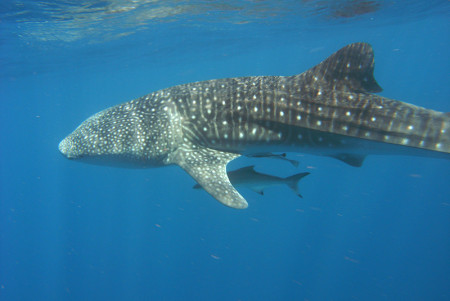
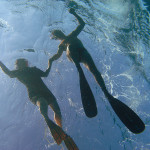
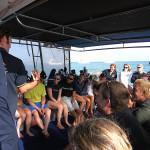
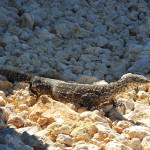
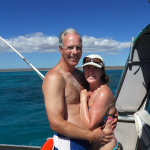
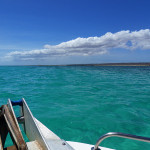
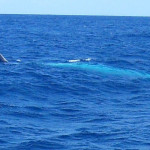
No comments yet.